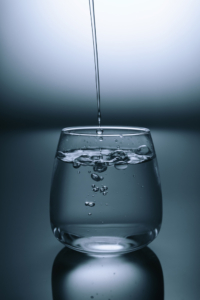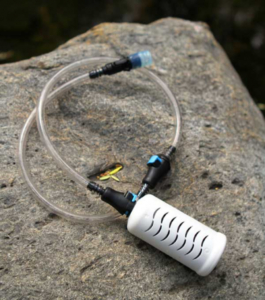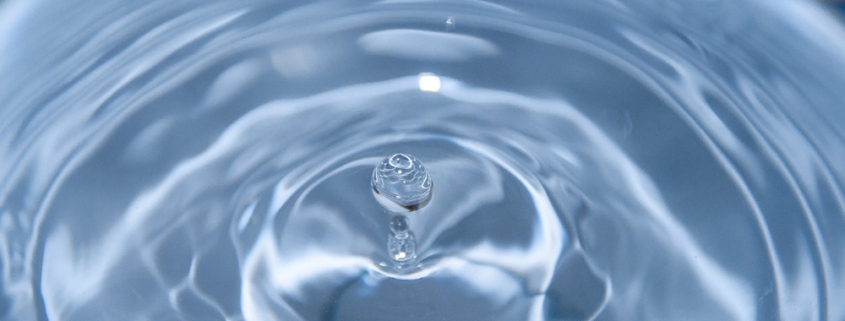Water Filtration vs. Water Purification
Ever wonder what happens to your tap water before it hits your glass? Water is an essential component of our daily lives, but not all water is created equal. When it comes to ensuring the water we consume is safe and clean, terms like “purification” and “filtration” often pop up. While these concepts might sound similar, they address distinct processes in the realm of water treatment.

Water Filtration: The Cleanup Crew
Think of water filtration like a giant sieve for your agua. It’s all about catching the visible stuff that shouldn’t be there – think tiny rocks, dirt, and maybe even a rogue leaf or two. Filtration is a foundational process, diligently addressing both visible and microscopic impurities.
- Activated Carbon:
- Many filtration systems incorporate activated carbon as a key component. Activated carbon is highly porous and possesses a large surface area. As water flows through, the activated carbon attracts and adsorbs impurities, including organic compounds, chlorine, and certain chemicals. This stage significantly improves the taste and odor of the water.
- Sediment Filters:
- Positioned as the initial barrier, sediment filters function as coarse screens, efficiently capturing larger particles like sand and debris. This preliminary filtration ensures the aesthetic clarity of the water.
- Ceramic Filters:
- Some filtration systems incorporate ceramic filters or microfiltration membranes with tiny pores that block the passage of microscopic contaminants, including bacteria and protozoa. This step enhances the microbiological safety of the water.
Filter styles such as the ceramic filters explained above, or the AquaBrick water filtration system serve dually as filters & purifiers.
Water Purification: The Microbe Busters
Now, let’s talk about water purification – the germ-killing squad: a more comprehensive and chemical-oriented process. Purification goes beyond merely sieving out the visible impurities; it’s about tackling invisible threats like bacteria, viruses, and other harmful microorganisms that can turn a refreshing sip into a health hazard.
In the world of water purification, the most simple method is boiling water. Other methods include purification tablets, chlorination, or UV treatment (Ultraviolet light disrupts the DNA of bacteria, viruses, and other microorganisms, rendering them inactive and preventing their reproduction).
Pro-tip: I recommend keeping a package of water purification tablets with you while hiking, traveling, and in your 72 hour kits. It’s an added layer of protection when drinking water outside of certified safe drinking sources. Be sure to follow the packaging instructions!
Choosing the Right Defender – Filtration or Purification?

So, which one do you need, and when? If your water looks a bit muddy or has floaty bits, a filter will help that, and as mentioned above will also purify depending on the filter specs. Purification tablets are appropriate if your water is clear of debris, from a flowing water source for example, but you’d like to chemically treat it in case of any bacteria or viruses.
Bottom Line: Sip Safe, Stay Cool
Simply put…
Filters: filter or sieve impurities (some visible, some not)
Purifiers: chemical or advanced technological process to remove harmful microorganisms
So, the next time you savor a glass of water, you can appreciate the silent guardians – whether they be filters or purifiers – ensuring that each sip is a refreshing and safe experience. Stay hydrated, stay informed!



